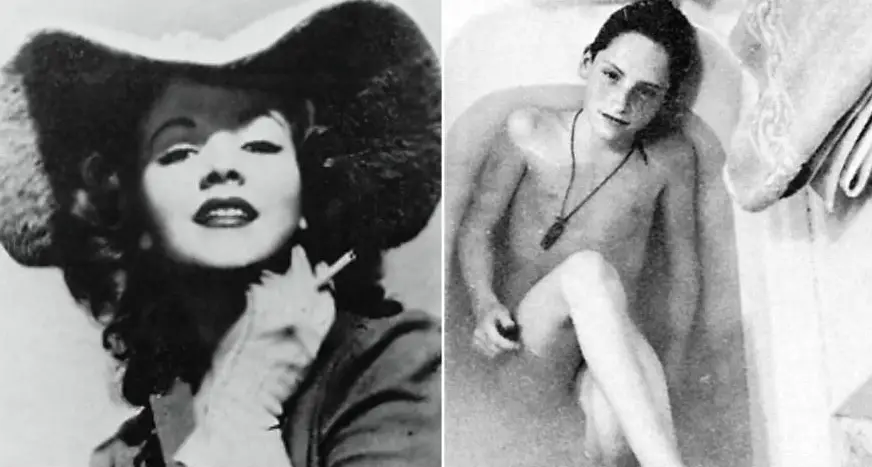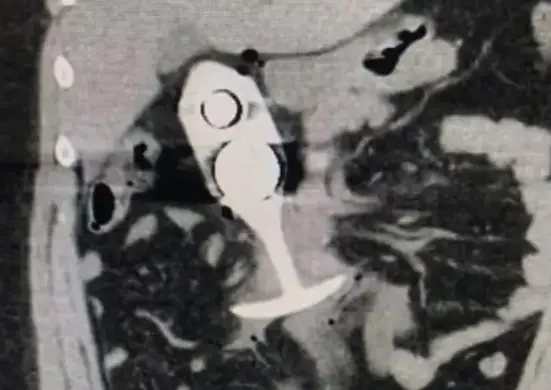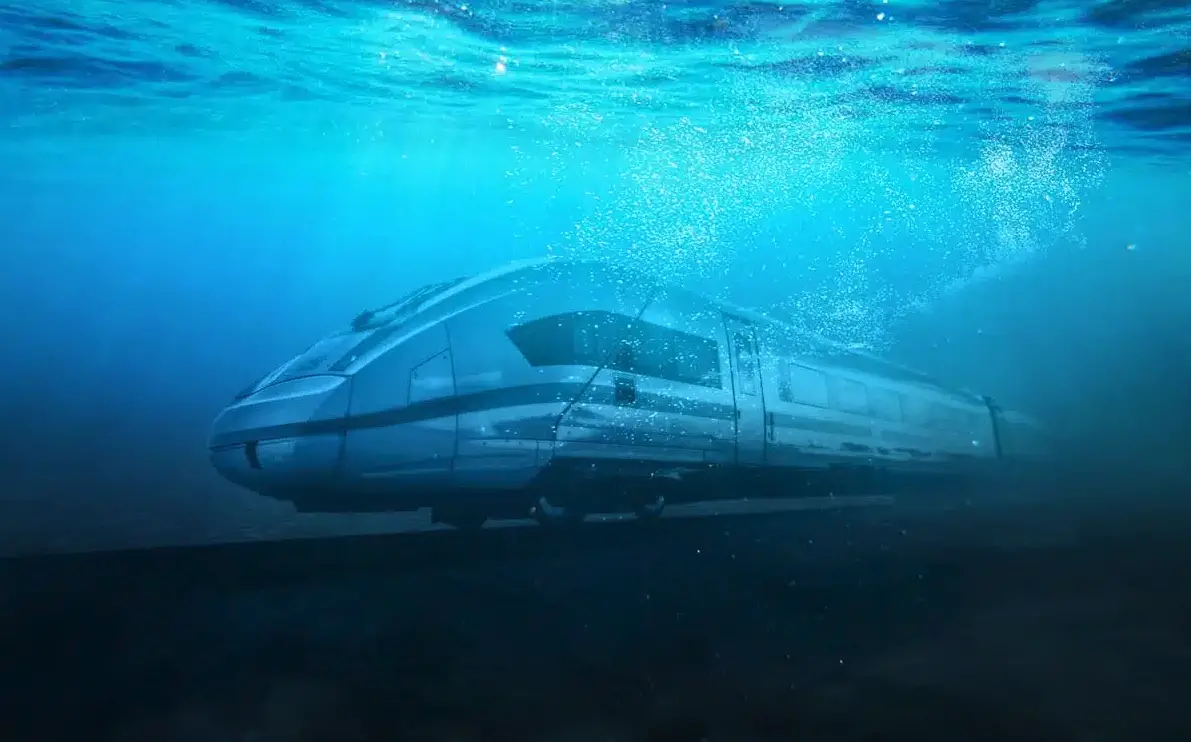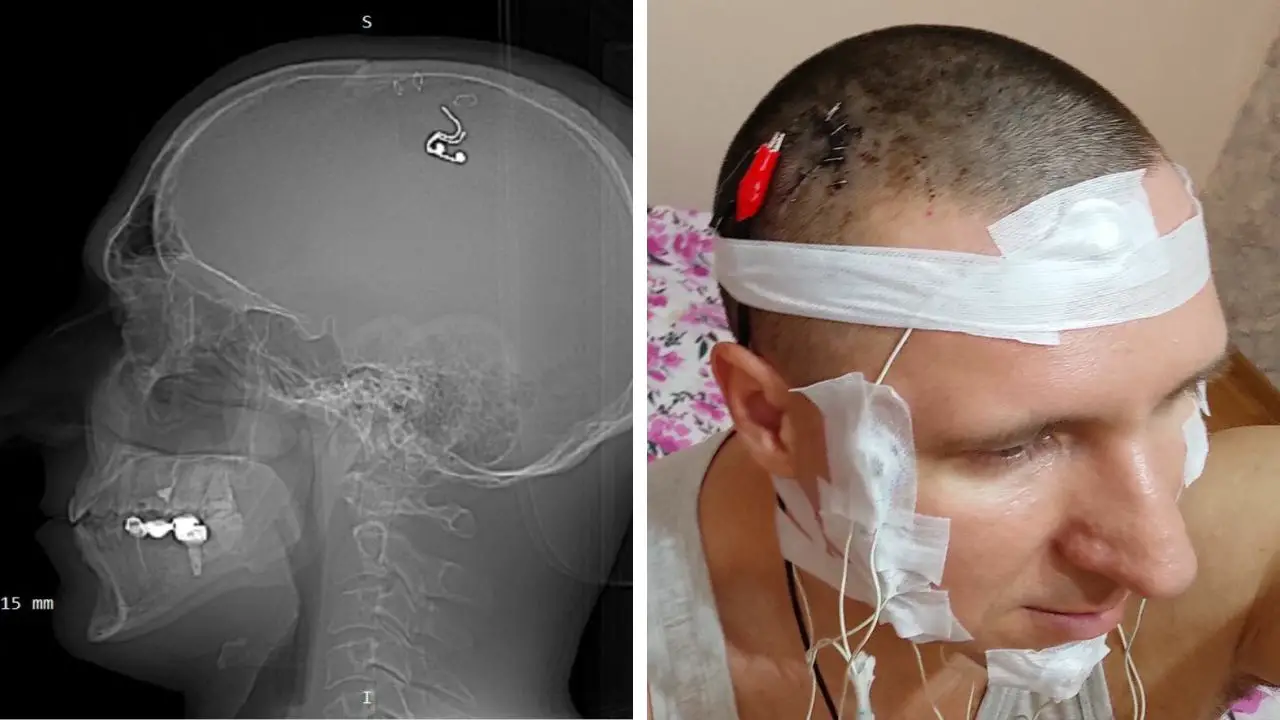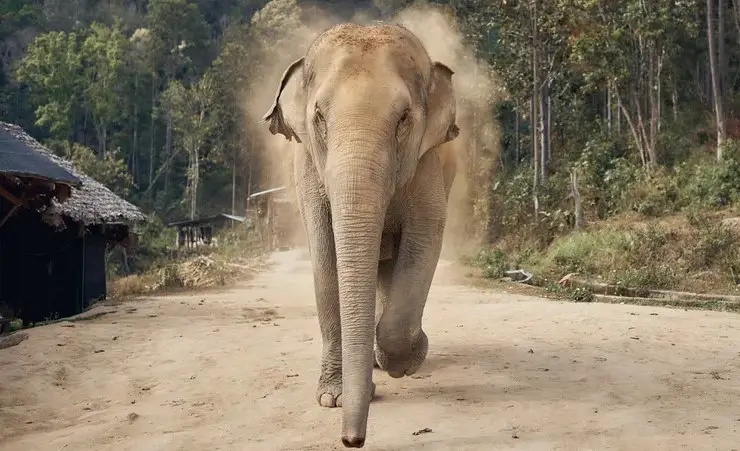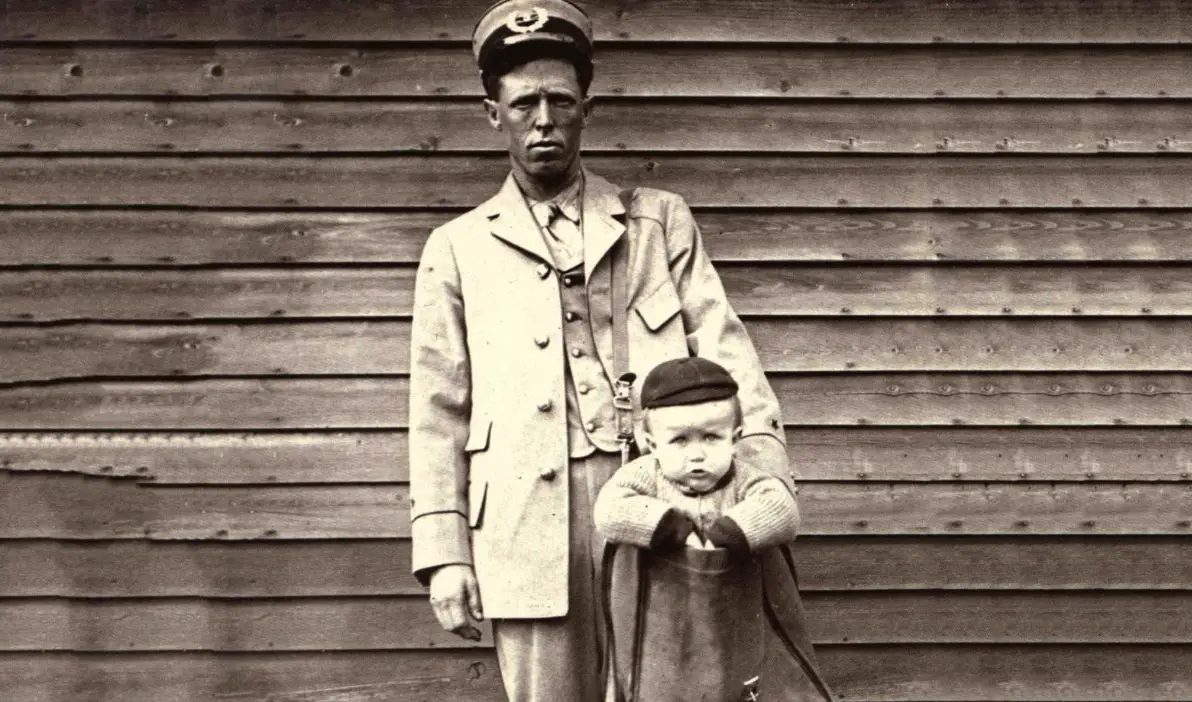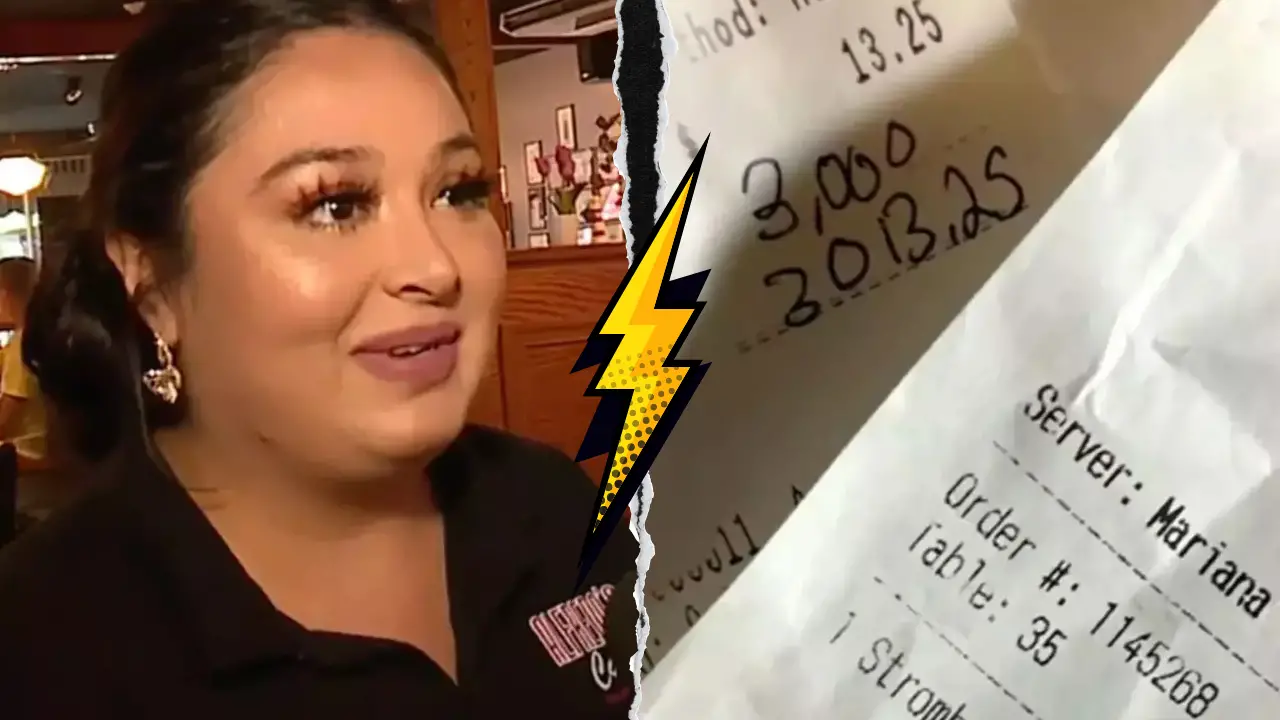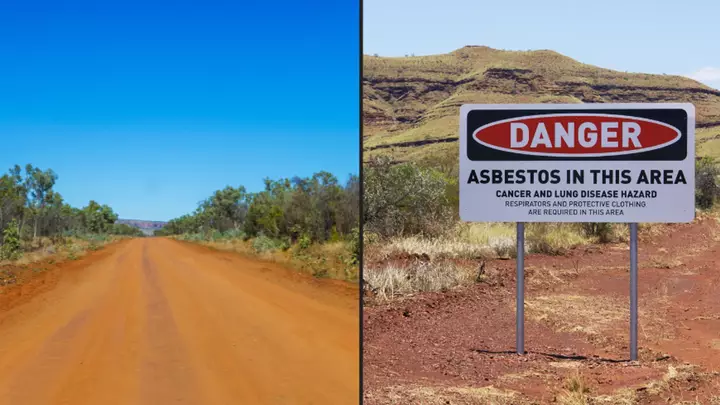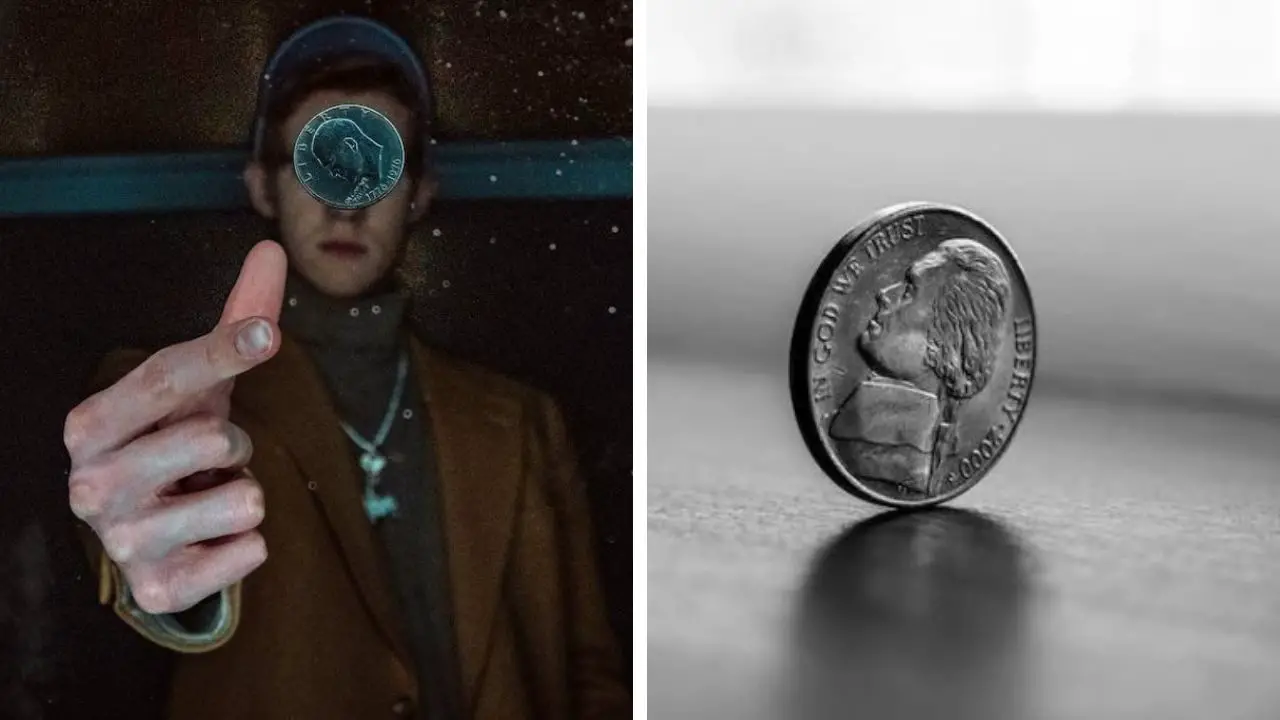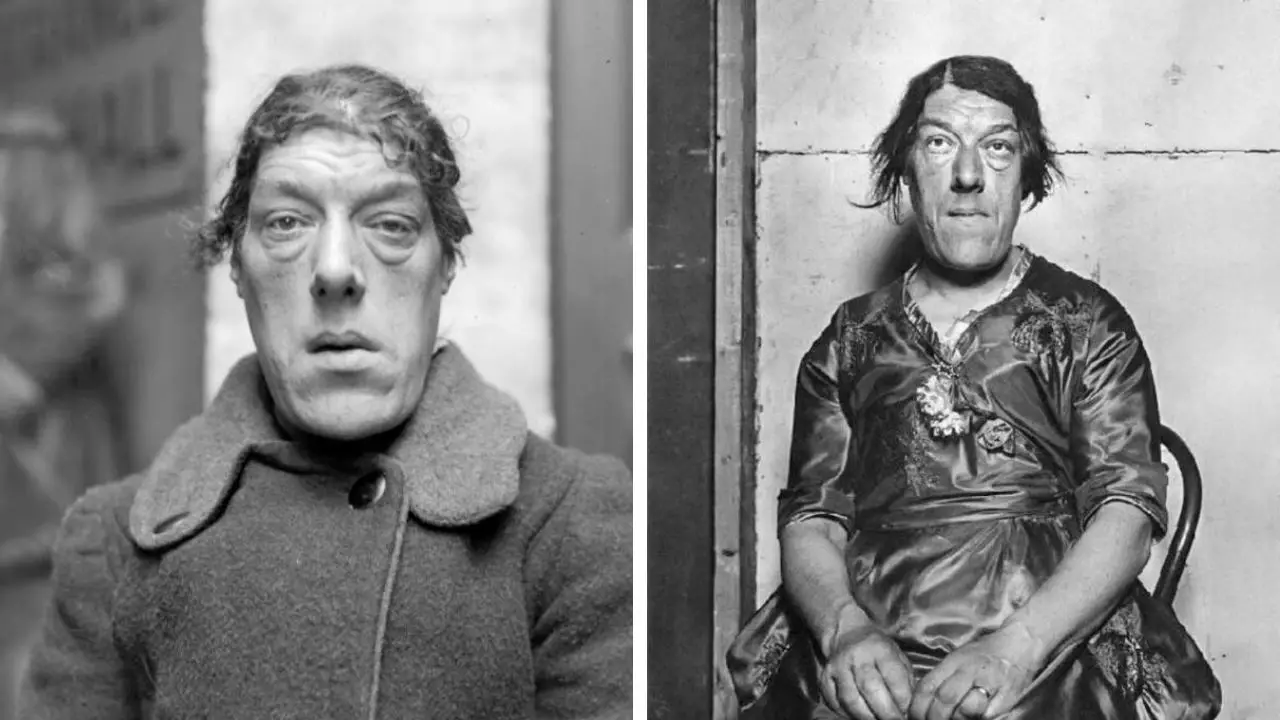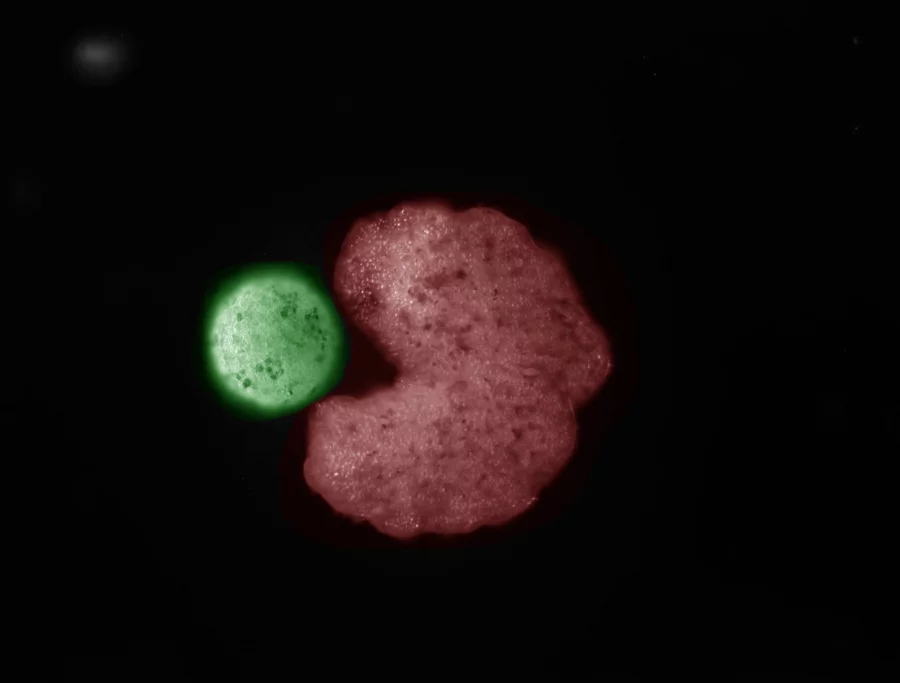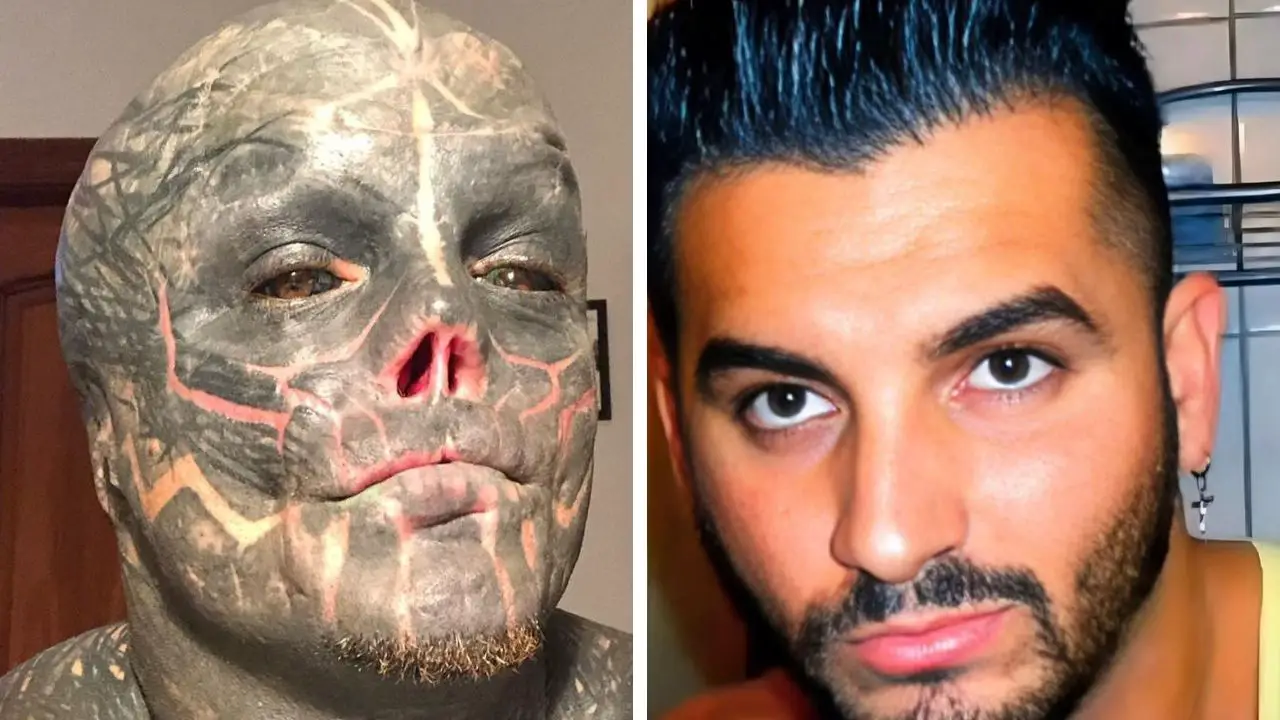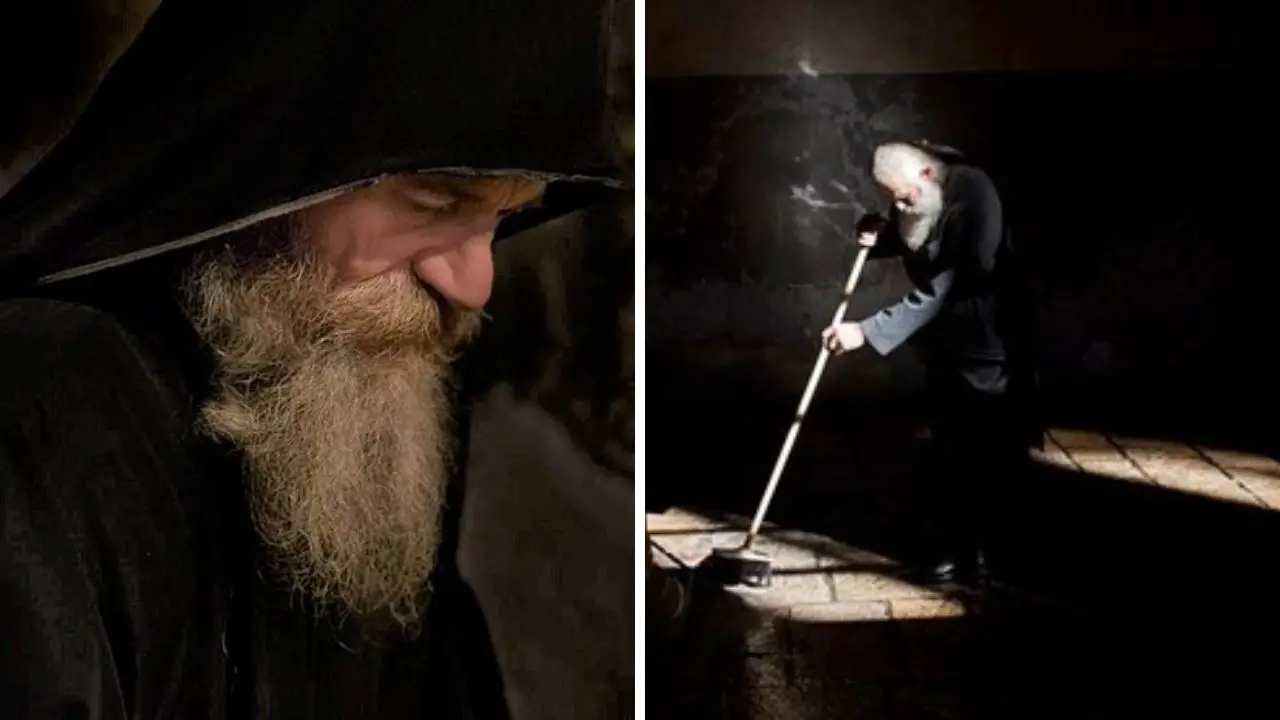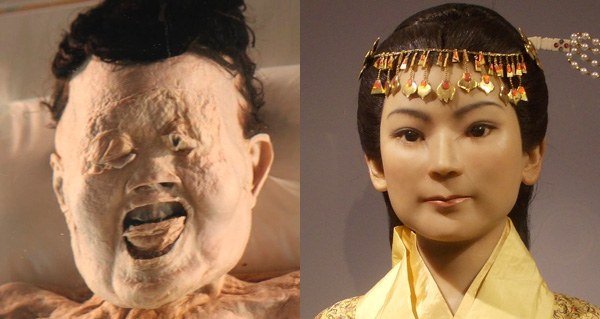Man found alive at the bottom of the sea after 3 days trapped in a sunken ship
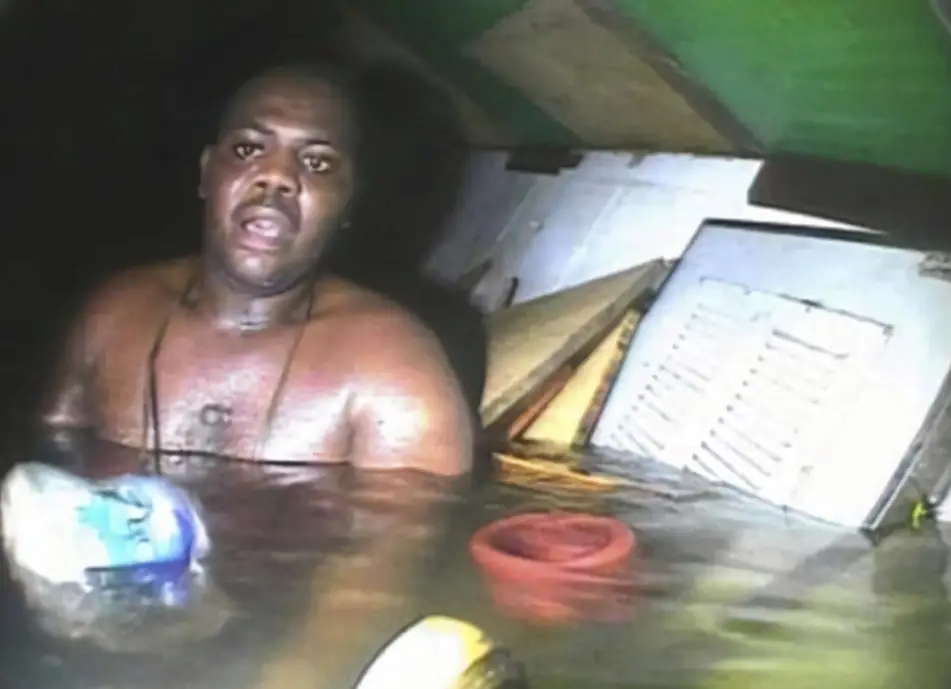
A Routine Voyage Turns Tragic
On May 26, 2013, the Jascon-4, a tugboat assisting an oil tanker, was navigating choppy waters 19 miles off Nigeria’s west coast. At around 4:30 a.m., disaster struck.
A rogue wave slammed into the vessel, snapping the tow rope and flipping the tugboat. Harrison Okene, the ship’s 29-year-old cook, was in the bathroom when the wave hit.
“I was trying to open the door to get out, when the toilet fell and hit me on the head,” he told.
Blood poured from his wound. The lights went out. The bathroom began to fill with water. Within minutes, the Jascon-4 sank 100 feet to the ocean floor.
Most of the 12 crew members were locked in their cabins—a safety measure against pirate attacks in the region.
This precaution, however, sealed their fate. Eleven perished. Okene, by chance, found himself in a small air pocket in the officers’ quarters.
“It didn’t take long,” he said, “one minute, two minutes” – and he felt the boat settle on the seabed.
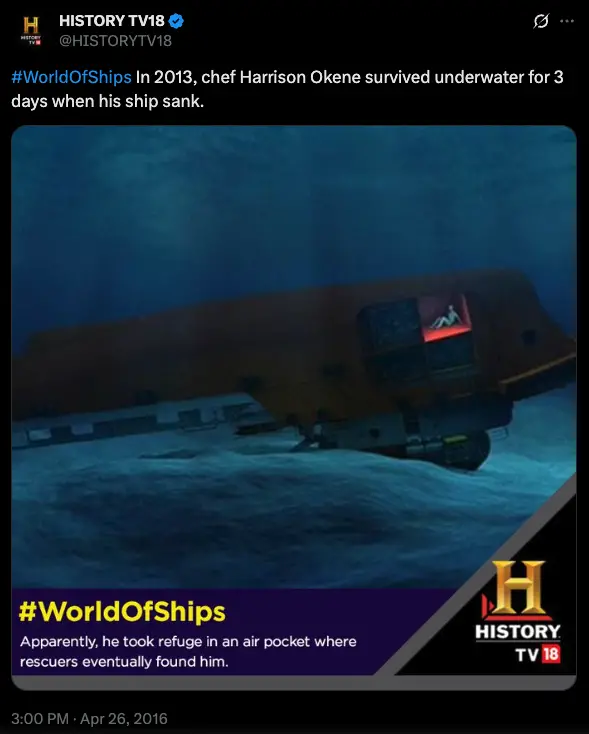
Surviving the Unthinkable
Trapped in pitch-black darkness, Okene faced unimaginable challenges. The water was freezing, and he wore only boxer shorts.
To stay above the water, he fashioned a makeshift raft from wooden panels and a mattress.
He found a tin of sardines and a can of cola, which became his only sustenance. “I was struggling to stay alive, wondering how long it (the air pocket) would last me,” he shared.
The physical toll was immense. Crayfish nibbled at his skin, causing pain and irritation. “I could hear the bite of fish eating something in the vessel,” he recalled.
His throat throbbed, and his tongue peeled from the salt water. Yet, Okene’s mental strength was key.
He prayed constantly, relying on faith to manage his fear. To conserve oxygen, he stayed calm, knowing panic would deplete his limited air supply.
He also splashed water to absorb carbon dioxide, a move that likely kept the air breathable longer.
| Survival Challenges | Details |
|---|---|
| Oxygen Supply | Air pocket of ~13.5 cubic meters, enough for ~56 hours before CO2 toxicity. |
| Hypothermia Risk | Water at ~60°F; Okene used a raft to stay above water, reducing heat loss. |
| Food and Water | One tin of sardines and a can of cola over 60 hours. |
| Physical Threats | Crayfish bites, salt water irritation, head injury from falling toilet. |
| Mental Strain | Total darkness, isolation, fear of death, and sounds of fish eating nearby. |
A Shocking Rescue
Two days after the sinking, on May 28, 2013, divers from DCN Global Diving arrived to recover the crew’s bodies.
They expected no survivors. As they navigated the wreckage, they found 10 bodies; one crew member was never recovered.
Then, diver Nico van Heerden spotted a pale hand in the water. Thinking it was another body, he reached out.
To his shock, the hand grabbed his. “He’s alive! He’s alive!” Van Heerden exclaimed.
“It was very unexpected and a total shock to find someone alive after the vessel sank days before,” he told.
WATCH!
The rescue was delicate. Okene, saturated with nitrogen from the high-pressure environment, risked decompression sickness.
Divers carefully brought him to the surface in a decompression chamber.
He spent three more days in a recompression chamber, breathing a mix of oxygen and helium to safely adjust to normal pressure.
Remarkably, his vital signs were normal post-rescue.
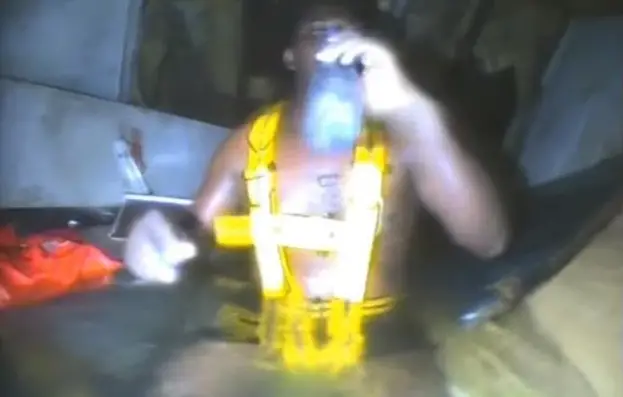
Life After the Ordeal
The trauma lingered. Okene suffered nightmares of sinking and felt adrift. Media attention in Nigeria was intense, adding to his stress.
He sought psychological help to cope. A turning point came in 2015 during a car accident in Port Harcourt.
Trapped in water, Okene swam to safety and back to save a friend. This experience pushed him to confront his fears. That year, he enrolled in a three-month diving course.
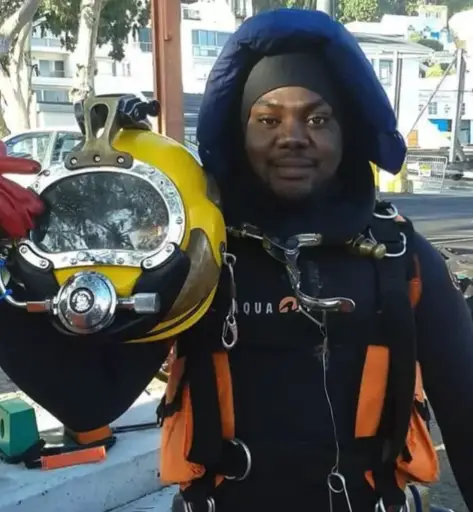
Today, Okene is a commercial air diver, working on oil and gas facilities at depths up to 50 meters—deeper than the wreck that nearly killed him.
“I have faced a lot of my fears in my life, and I decided to face this once and for all,” he told. He finds the sea “a very peaceful place.”
Okene lives by a lake, has a new partner and three children, and dreams of owning a home by the ocean.
Though separated from his wife, he remains focused on his purpose. “I believe that God has a purpose for me, and I’m still here to fulfill that purpose,” he said.
Watch: Terrifying simulation shows how he survived
The Science of Survival
Experts are astounded by Okene’s survival.
The air pocket, estimated at 6 cubic meters (compressed due to depth), provided enough oxygen for about 60 hours, according to Eric Hexdall of the Duke Center for Hyperbaric Medicine, cited in National Geographic.
Humans consume roughly 350 cubic feet of air daily, but the compressed air pocket extended this window.
Okene’s splashing of water likely absorbed carbon dioxide, preventing toxicity, which becomes lethal at 5% concentration.
Hypothermia was another threat. In 60°F water, unconsciousness can occur within two hours if submerged.
Okene’s raft kept him mostly dry, preserving his core temperature.
Maxim Umansky from Lawrence Livermore National Laboratory noted that the ocean water sealed the air pocket, maintaining safe CO2 levels.
These factors, combined with Okene’s calm demeanor, were critical.
| Scientific Factors | Explanation |
|---|---|
| Air Pocket Size | ~6 cubic meters, compressed, provided ~56 hours of breathable air. |
| CO2 Management | Splashing water absorbed CO2, keeping levels below lethal 5%. |
| Hypothermia Prevention | Raft kept Okene above water, reducing heat loss in 60°F water. |
| Nitrogen Saturation | Required decompression chamber to prevent the bends during rescue. |
Trapped in a sunken ship, he faced darkness, cold, and fear, yet emerged alive. His story, captured in viral rescue footage, continues to inspire.
From a near-death experience, Okene forged a new path as a diver, embracing the sea that nearly claimed him.
His journey underscores the power of faith, ingenuity, and the will to survive. As he told, the sea remains “a very peaceful place.”

